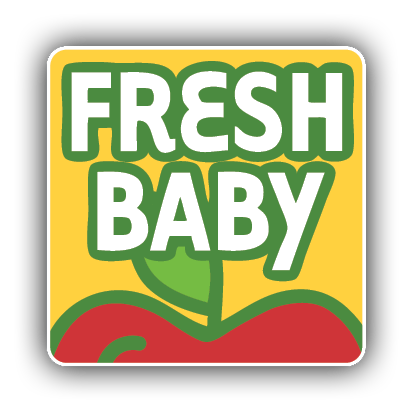
One of our favorite stores in New York is Syms, and their tag line is “an educated consumer is our best customer”. This saying holds true when it comes to grocery shopping and the health of your family.
You may be surprised to find out what’s in some of your favorite foods. In fact, you may read the label on the packages and still really not know what is in the product. While all of these ingredients have been approved edible by the FDA, eating too much of them is not considered healthy. In fact, many healthcare professionals point to common ingredients such as preservatives, artificial colors, hydrogenated oils, and high fructose corn syrup found in processed foods as key facilitators of obesity and other diseases
Reading ingredients labels at the grocery store should be part of your shopping ritual, and an activity you should be teaching your children. Reading the ingredient labels is not difficult. Ingredients are listed on the package from the highest weight by volume to the lowest. As a general rule, buy products that have common ingredients found in your kitchen. Try to avoid products that contain the following:
- Hydrogenated oils: They contain trans fats, which have been linked to heart disease
- High fructose corn syrup: It has been linked to obesity
- Artificial colors and preservatives: Many studies have linked these to ADHD and other diseases.
Most common allergen information is required on ingredients labels. The eight foods included in food allergy labeling account for an estimated 90 percent of allergic reactions. These eight foods are:
- Milk
- Eggs
- Peanuts
- Tree nuts (such as almonds, cashews, walnuts)
- Fish (such as bass, cod, flounder)
- Shellfish (such as crab, lobster, shrimp)
- Soy
- Wheat
Read Nutrition Facts Labels. They offer the basic information about a food item. Here are some tips on reading the format:
.jpg)


